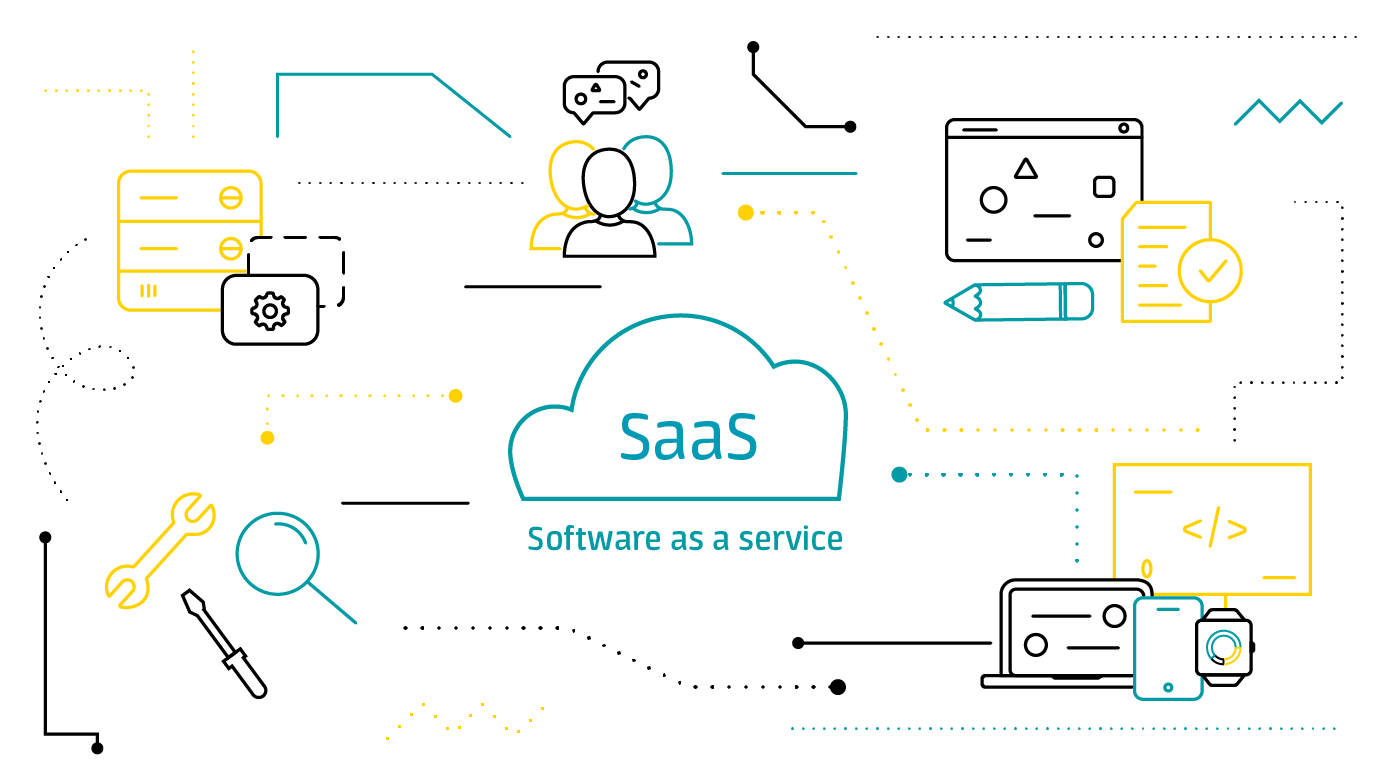
All About SaaS
- Technology and Hardware
SaaS is growing in popularity, and the market is currently worth 145.5 billion US dollars, according to estimates. Furthermore, it appears that the sector is quite robust and poised for additional expansion, with estimates that the market will reach a staggering 716.52 billion US dollars by 2028.
It's obvious that this is a subject worth learning more about, but what exactly is it, how does it operate, and why is it so well-liked?
You've come to the right place if you still believe that backchat has anything to do with SaaS. This one is also for you if you have some knowledge of SaaS but want to master the fundamentals.
What is SaaS?
SaaS is one of those abbreviations that is frequently used, however, it is frequently overused and misunderstood.
Software as a Service, or SaaS, is when software is hosted by a third-party provider and made available to customers via the internet. It's a more affordable option than the outdated one-time software purchase that requires customers to host, implement, and maintain it themselves.
Businesses typically use SaaS tools to help them optimize tasks like marketing, sales, customer service, and operations. Popular examples are Microsoft 365, Asana, Google, HubSpot, and Google. Additionally, several goods have gained popularity among individual buyers, such as the note-taking program Evernote, the personal budget tracker Mint, and Bumble, the dating app.
How does SaaS function?
The SaaS delivery model utilizes a multitenant architecture, allowing it to simultaneously serve several tenants, or groups of consumers, from a single server.
With their own data, modifications, data, and access controls, each user or company has its own version of the application. However, everything stems from a centrally updated and maintained single code base.
SaaS typically requires a monthly or yearly subscription fee per seat and may be accessed whenever and whenever you need it via a web browser on a desktop computer or mobile device.
Why has SaaS gained such a following?
Many causes, including the following, have contributed to the growth of SaaS.
increased availability of fast internet connections
technology standardization for digital devices
increasing use and popularity of web interfaces
adoption of mobile devices on a large scale
growth of remote work
SaaS has demonstrated its durability throughout the COVID-19 epidemic, and it is increasingly obvious that this cloud computing architecture is here to stay.
What advantages does SaaS offer?
Any operating system can access SaaS applications because they are browser-based and accessible.
It is simple to update
SaaS companies can centrally update their software without negatively affecting user business operations because SaaS apps reside in the cloud.
It is economical
Since the initial investment is not very high, smaller enterprises can now use software solutions that were previously only available to large corporations.
It is expandable
Since SaaS subscriptions are often priced per seat, per month, a business only commits to what it actually needs and can add more users as needed.
It lowers the chance of data loss.
Users can transition between devices without losing any data because data is regularly saved in the cloud.
What does the SaaS sector's future hold?
Flexibility, brevity, and interoperability are going to be the defining characteristics of the next generation of SaaS.
Increased acceptance of specialized services, greater end-to-end integration, a rising focus on connections between clients and important providers, and ever-sophisticated, data-driven insights are all expected to occur.
Both SaaS companies and organizations that make good use of SaaS solutions have highly promising futures. The key question going forward is whether software items are considered necessities or nice-to-haves.
